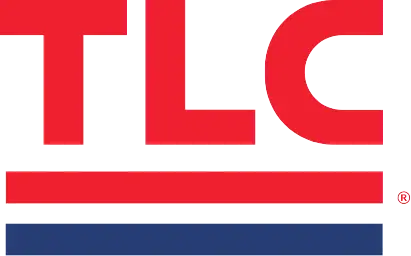If you are struggling to stay cool with your swamp cooler, you may be thinking about converting to refrigerated air. Refrigerated air takes your family’s comfort to a whole new level by cooling your home to a set temperature and eliminating humidity.
But what is the cost of comfort?
There is no single answer for the question of refrigerated air conversion costs. There are several factors that differ between every home that determine the price of a new system. These factors include home size, ductwork, electrical upgrades, heating system and the SEER/EER ratings of the new unit.

*Cost estimates include upgrading both Heating & Cooling systems. However this cost chart is meant for informational purposes only.
So you’ve decided to install refrigerated air. What can you expect?
You will immediately notice a difference between the feel of swamp cooled air and refrigerated air. You will be able to control the exact temperature of your home. A swamp cooler’s effectiveness depends on outdoor conditions because most standard coolers are only able to cool your home 10 – 15 degrees lower than the temperature outside. This range drops the more humid it gets. A refrigerated air system maintains comfort regardless of outside temperature and humidity.
You might be wondering, “How will it affect my energy usage?”
Unfortunately, this level of comfort and convenience comes at a cost. Aside from the price of installation, you will see an increase in energy usage. There are several ways you can minimize your carbon footprint and save a little on energy bills.
SEER/EER Rating
Before installing refrigerated air, you need to consider the SEER rating. SEER represents the Seasonal Energy Efficiency of air conditioners. It provides the most accurate rating for our climate because it is based on an outdoor temperature range from 68 to 104 degrees. The higher the SEER rating, the less energy is used to run the air conditioner. EER, or Energy Efficiency Ratio, is another way to measure this, but it is based on a set temperature of 95 degrees and doesn’t take the climate into account.
You need to understand that a low SEER air conditioner, around 14 SEER, will cool your home just as well as a 28 SEER. The difference is in the amount of energy used to achieve the same result. TLC’s HVAC professionals can help you explore your options and decide which system fits your budget.
Furnace AFUE Rating
You might not be aware of the fact that the furnace is a key player in the conversion process. The energy efficiency of your furnace, measured in AFUE, will affect the efficiency of your new air conditioner. AFUE stands for the Annual Fuel Utilization Efficiency. Similar to SEER, the higher the AFUE rating, the more efficient the furnace.
Homes that are “converted to AC” use the furnace system as the air handler for both heating and cooling. This is why your furnace’s efficiency needs to match your new air conditioner. If your furnace is older than eight years, you will need to replace it in order to convert. By installing a furnace and air conditioner with comparable efficiency, you can lower energy usage. This can help energy costs and save electricity.
But wait, there are more energy options:
Attic and Whole House Fans
 If your home has an attic, you are probably aware of how hot it gets up there in the summer. This can affect the comfort level in your home. An attic or a whole house fan might be a great option for helping your new system run efficiently.
If your home has an attic, you are probably aware of how hot it gets up there in the summer. This can affect the comfort level in your home. An attic or a whole house fan might be a great option for helping your new system run efficiently.
An attic fan blows hot air through the gable vent and out of the attic. This simple fan can lower the temperature of your attic by as much as 50 degrees and uses very little energy. This in turn lightens the load on your air conditioning system.
Quiet Cool whole house fans go a step further. Many homeowners turn off their refrigerated air system during the cool parts of the day and night and run their fan instead. When the whole house fan is used properly, homeowners can use their cooling systems 50% – 90% less and use up to 13 times less energy!
InteliFan:
When your air conditioner or furnace cycles off, left-over or “latent” energy remains on the coils or on the heat exchanger. Your fan shuts off and this energy is wasted. The new InteliFan Microprocessor is an add-on designed to recover and use this energy. When the system cycles off, it leaves the fan running until all the latent energy has been recovered and distributed from the coils or heat exchanger. Some homeowners have lowered their energy usage by up to 15%! Visit with a TLC HVAC professional today to learn more about InteliFan and how it can benefit you and your family.
What is the bottom line?
Refrigerated air will keep you comfortable, but your energy bills will likely go up to maintain those comfort levels. These costs can be managed by mindful consideration of energy ratings and helpful add-ons such as the InteliFan microprocessor. TLC’s trained HVAC service professionals are equipped to help you make a decision that fits your budget and comfort needs. Contact us today to learn more.
About TLC Plumbing, Heating, Cooling & Electrical


